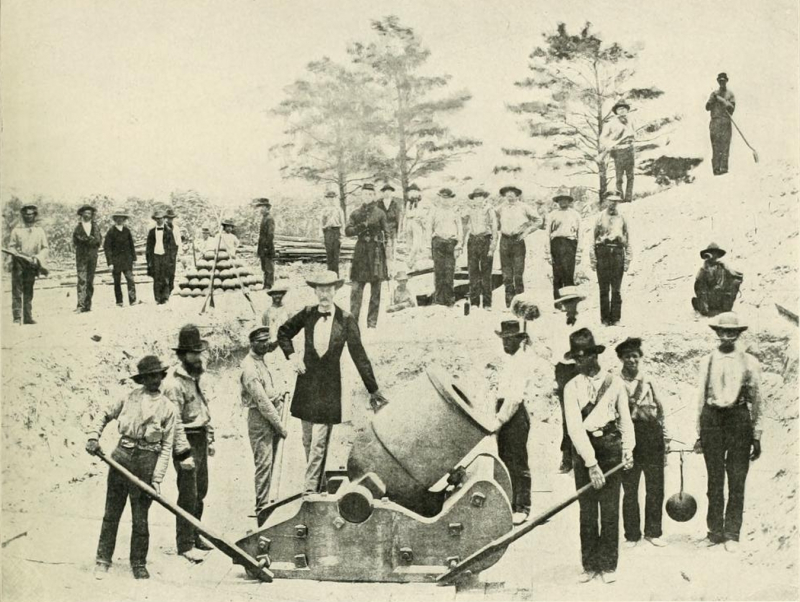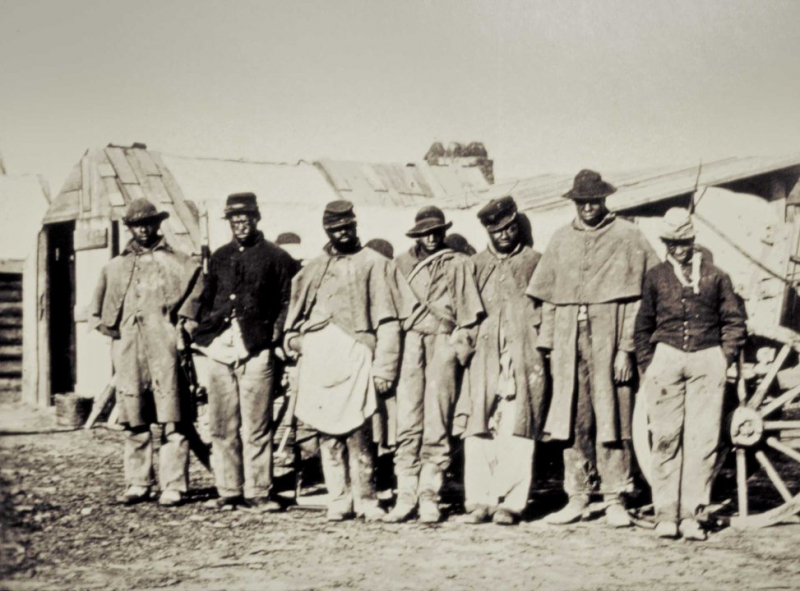In The South's Industries, Mills, And Mines Prior To The War, Slave Labor Was Used
During the American Civil War, slavery was the main driving force. Slavery was the main cause of secession, particularly Southern political leaders' opposition to Northern antislavery political organizations' attempts to stop the spread of slavery into the western territories. As Union Armies seized control of major portions of the South's territory, slavery underwent significant modifications. Enslaved people actively participated in their own emancipation both before and during the conflict, and thousands of them managed to escape their bonds during that time.
These skilled and semi-skilled workers were a vital part of Southern industry in the pre-Civil War era. Numerous military manufacturing companies used thousands of enslaved men during the conflict. Although yeomen farmers outnumbered the less than 50,000 planters, planters held the majority of the slaves in the South. Rice, cotton, and sugar were the main crops grown in the South, where agriculture was more profitable than in the North. Before the war, there were ten to twenty black slaves for every white person in the rice-growing regions of Georgia, South Carolina, and sections of the Mississippi Delta. This difference increased throughout the war, raising concerns about revolt and calls for militia units to be stationed in agricultural areas to maintain order. Throughout the war, there was still a market for buying and selling slaves, as well as for hiring and terminating enslaved labor. The cost of slaves increased, but because it did not keep pace with inflation, their true cost decreased throughout the Civil War. With the likelihood of a Confederate victory came ups and downs in the cost of slaves.












